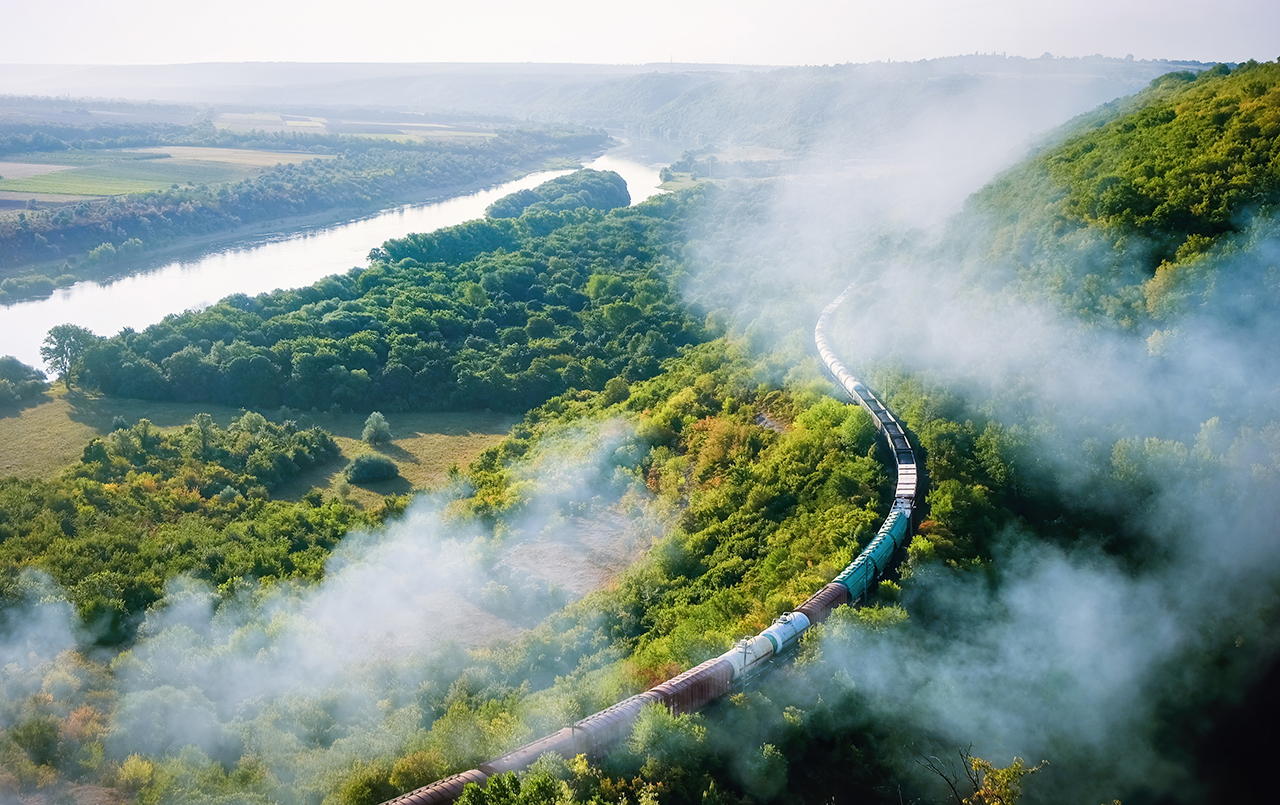Published
11 months agoon


Article by Prashun Datta, Management Consultant and Certified Corporate Director and Author
On June 2, 2023 three trains, two passengers and one goods train collided resulting in the unfortunate deaths of over 290 people and injuring a humungous 1200. Such a serious mishap had not occurred in a long time and most people were appalled at the incident. After the initial shock and dismay everyone wanted to know how and what triggered this incident. The first of these reports was published in “The Times of India” on June 5, 2023 and was written by an ex-General Manager of the railways and this is what it had to say “Adding trains, increasing train speed & stressing punctuality have severely stretched railways systemic capacity. Better safety will require a pause in this strategy to allow the system to recoup”. While these were initial reactions the final report on this accident, prepared by the “Commissioner of Railway Safety” and quoted in “The Times of India” declared that “Human error and protocol lapses caused the Odisha crash”.
As a systems thinker I was keen to ascertain the systemic shortcoming that led to such a serious accident and the data I had to base it upon was that which was available in the public domain. Some cogitation led me to autopoiesis or the lack of it that could be attributed as the reason for this most unfortunate incident. But what indeed is autopoiesis? Autopoiesis is a process identified by two Chilean Biologists in 1973. They had proposed this as a distinguishing feature of living entities as opposed to non-living ones. The meaning of the name is ‘self-creation’. The initial focus of these biologists was the cell. Cells replenish critical chemicals that are necessary for the cell to survive. Carrying out such an activity on a continuous basis regenerates the cell continuously and thereby keeping it ready to function at an optimum level. This practice of continuous regeneration is referred to as autopoiesis and descriptive “self-creation” is used in this context.
More than a decade later the German Sociologist Niklaus Luhmann extended this concept to social systems using this concept to describe certain internal processes of social systems. According to Luhmann autopoiesis as a process is inherent in social systems as well and communication is the vehicle through which it is achieved. Cells are, as is well known, complex entities “encompassing hundreds of genes and other macromolecules” and it is capable of identifying shortfall in some its own critical constituents that, through the process of autopoiesis, is regenerated. There was initially substantial opposition to Luhmann’s idea and most people were chary of extending a trait observed in biological systems to social ones. However, Luhmann’s detailed article of 2008 presents his point elaborately.
In an earlier article I had discussed the systemic characteristic of homeostasis. Using this trait, a system re-achieves equilibrium when subject to disturbances that disturb the balance. For homeostasis to be effective we had identified the need for an open system with feedback loops that draw attention to any perturbation early. A classical system that is open to the environment and having elements that are connected to each other, would capture and convey this vital information. Availability of such information to the relevant elements within the system would trigger corrective action that will eventually restore the system to equilibrium. This equilibrium may not be the original one but a new one after accommodating the perturbation that caused the original disturbance in the system.
Autopoiesis is a slightly different process from homeostasis. As mentioned by Varela and Maturana, through this process the system regenerates itself by replenishing lost critical constituent elements in biological systems. Extending this to social systems Luhmann recognizes that this process operates in here too and in a societal artefact like an organization it is needed for survival. In a social system, arising out of its quotidian activities within the system, essential constituent elements change, resulting in difference in their functioning. In contrast to homeostasis there may not be a perturbation causing external event, but in the case of autopoiesis it addresses those changes consequent to its own (system’s) functioning. Here too communication is key to the process in both identifying points for intervention and taking the corrective action required.
Let us consider some examples. The mechanism for the delivery of goods and services of any organisation to the external world is through business processes. Over time, owing to routine usage and familiarity touched by a tinge of ennui, these processes deteriorate and eventually may lead to an unfortunate situation. Audit of the actual performance of each of the constituent steps, if not carried out at regular intervals, could hide this deterioration leading to failure at a critical time. Tendency to cut corners or deterioration of the equipment involved or when new people not fully trained take on existing positions, compromising safety practices, when handing over documentation is done in a slipshod manner, where the physical working conditions have declined and so on. Lack of sensitivity to complaints, adverse observations, near misses and such indicators need to be given importance and cognized with and remedial activities planned and this is the significance of communication as pointed out by Luhmann.
The full significance of the process of autopoiesis is the preventive maintenance of the system. An organizational limb assigned the task of monitoring, controlling and rectifying processes and other aspects impacting operations, is essential. Assessment at regular intervals of the complete delivery process including the actual work procedure with associated checks and balances, the technology adopted for the production and delivery, documentation, timing and pace of work, knowledge and skill levels of the participants/executors, the associated management processes, monitoring and control, alignment with objectives, and concomitant safety practices is necessary.
The railways have, in the recent past, been expanding operations with admirable celerity. They have taken up several new routes, extending electrification of tracks (from 4,100 to 28,100 in the last decade) and introduced better trains enhancing travelling experience by train. They have been, justifiably, lauded for these efforts and their performance is cited as an example for other government departments.. In this background it is more than disturbing to learn about such a severe incident. It would seem, from data available in the public domain, that autopoiesis, as a process and its remediation, has not been recognized as a legitimate activity.

